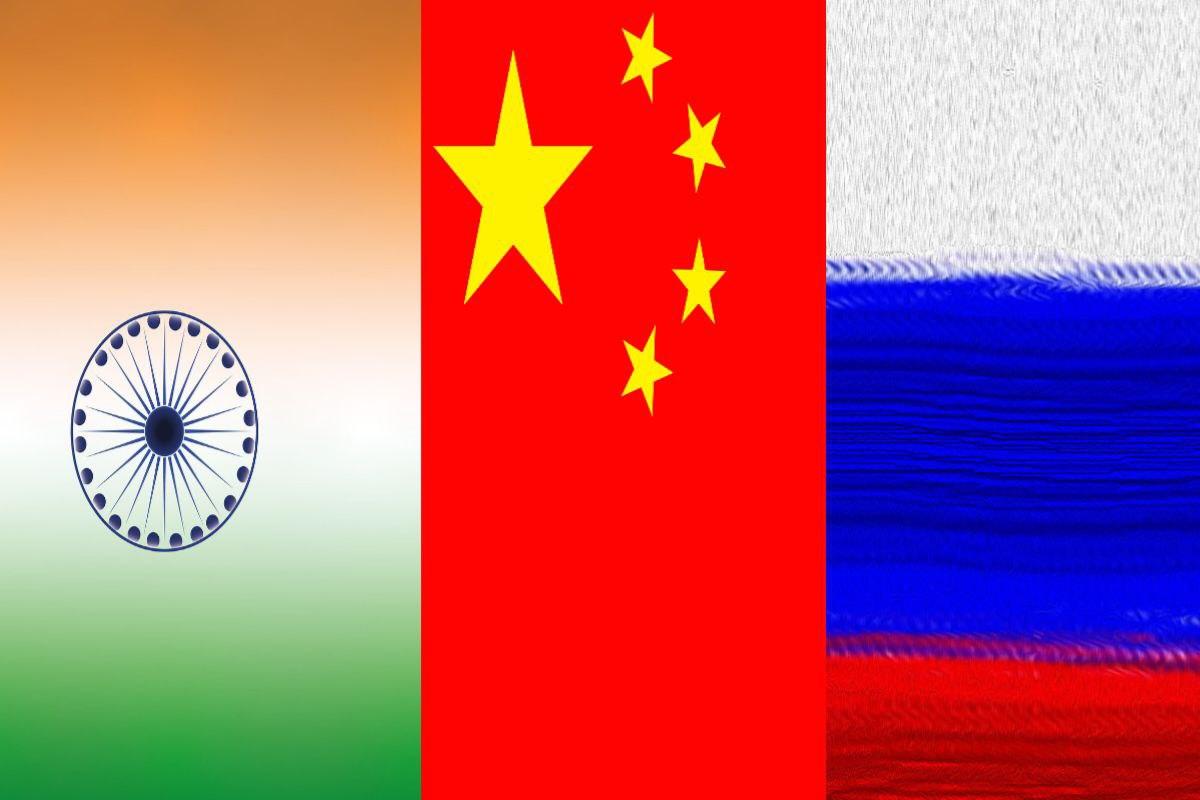
Amid shifting geopolitical equations in Asia, discussions around reviving the RIC (Russia-India-China) trilateral format have gained momentum once again. Russia has taken the lead in pushing for the resumption of this strategic dialogue mechanism, and recent developments suggest that China too is now showing support for the initiative.
According to Russian news outlet Izvestia, Russian Deputy Foreign Minister Andrey Rudenko revealed in an interview that Moscow is hopeful about reactivating the RIC framework and is currently engaged in consultations with both Beijing and New Delhi. Rudenko emphasized that Russia considers this trilateral format vital, not just because the three nations are founding members of BRICS, but also because of their shared global significance and partnership potential.
Rudenko stated that discussions regarding the RIC revival are an ongoing part of Russia’s diplomatic conversations with India and China. He noted that the current lack of activity in the RIC mechanism is an undesirable situation, and expressed optimism that the three countries will eventually reach a consensus to restart engagement under this format. Importantly, he acknowledged that any progress would be contingent upon India and China resolving or managing their existing disagreements.
The remarks by Rudenko have been met with a positive response from China. A spokesperson from the Chinese Foreign Ministry stated that trilateral cooperation among China, Russia, and India serves not only the interests of the three countries but also contributes to regional and global peace, security, and stability. The spokesperson added that China is willing to maintain dialogue with Russia and India to advance this form of cooperation, signaling Beijing’s green light for reviving the RIC.
The renewed interest in RIC comes in the backdrop of Indian External Affairs Minister S. Jaishankar's recent visit to China for the SCO (Shanghai Cooperation Organisation) foreign ministers' meeting. During this visit, Jaishankar held high-level discussions with Chinese Foreign Minister Wang Yi and Russian Foreign Minister Sergey Lavrov, along with other top officials. Observers believe these conversations may have provided fresh impetus to the RIC proposal.
Sergey Lavrov himself had acknowledged last year that the RIC format had gone inactive—first due to the COVID-19 pandemic, and later because of the heightened military tensions between India and China following the 2020 standoff in Eastern Ladakh. That border dispute had led to a deep freeze in India-China bilateral ties.
However, a turning point came during the BRICS Summit in Kazan last year when Prime Minister Narendra Modi and Chinese President Xi Jinping met in person. That meeting, while low-key, marked the beginning of a thaw in the strained relations. Since then, both countries have undertaken steps to normalize bilateral engagement. It is against this improving backdrop that RIC's revival is now being reconsidered.
Russia appears to be playing the role of mediator in easing tensions and facilitating dialogue between India and China, thereby laying the groundwork for a potential resumption of the RIC mechanism. While no official dates or formal announcements have been made yet, the diplomatic signals from both Moscow and Beijing are clear: they are ready to revive RIC, and the ball is now largely in India's court.
As global power structures shift and new alliances take shape, the RIC format could once again emerge as a significant platform for dialogue and cooperation in the Eurasian region.
Disclaimer:
This article is based on publicly available news reports and official statements from government sources and media outlets. The content is intended for informational purposes only and does not represent the views or endorsements of any government or political entity. Readers are advised to verify facts independently before forming any conclusions.




